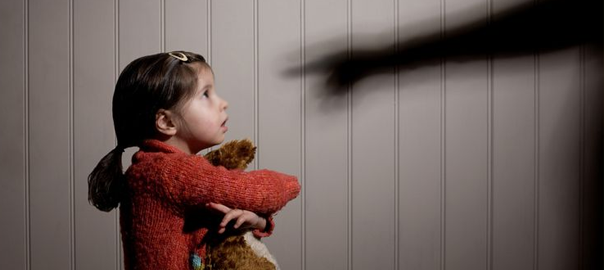According to a report by Sahil, more than ten children suffer from some kind of abuse in Pakistan every day. Cases of child abuse have increased by 33 per cent this year and it is becoming more and more urgent to protect children who may be in unsafe environments. As such, it is important for parents, teachers, caregivers, family members and friends to recognise symptoms of abuse in children and seek help.
What is child abuse and who is most vulnerable?
Although perceptions of what constitutes as child abuse vary in different cultures, the following definition by the World Health Organization (WHO) provides a comprehensive understanding:
‘‘Child abuse or maltreatment constitutes all forms of physical and/or emotional ill-treatment, sexual abuse, neglect or negligent treatment or commercial or other exploitation, resulting in actual or potential harm to the child’s health, survival, development or dignity in the context of a relationship of responsibility, trust or power.’’
Young girls are most at risk of experiencing abuse between the ages of 0-5 and 16-18 and young boys between 6-10 years and 11-15 years. According to the report by Sahil, girls are more vulnerable to sexual abuse than boys in ages 0-5 years and 16-18 years, however, boys are at a greater risk in ages 6-10 years and 11-15 years. Because of these risks it is important to be wary of sexual abuse in both boys and girls.
Types of abuse and symptoms
The following are symptoms commonly associated with particular types of abuse such as physical abuse, sexual abuse, emotional abuse and neglect. It must be noted that these types of abuse happen more often in combination. For example, a child who is physically assaulted would also be subjected to emotional abuse. Therefore, in a single case you may find symptoms of different kinds of abuse and it is crucial that therapy for the child is provided in consideration of that.
Symptoms of physical abuse:
- Unexplained bruises, bites, burns, broken bones and other injuries
- Injuries that do not match the given explanation
- Child is afraid of parents and cries when it is time to go home
- Has bruises or other marks after absence from school
Symptoms of sexual abuse:
- Child has difficulty walking and sitting
- Child has nightmares or wets the bed often
- Blood in the child’s underwear
- Inappropriate sexual contact with other children
- Child says he or she is touched inappropriately
- Sexual behavior or knowledge that’s inappropriate for the child’s age
Symptoms of emotional abuse
- Social withdrawal or loss of self-esteem
- Depression
- Child shows extremes in behavior, such as overly compliant and demanding behavior, extreme passivity and aggression.
- Delayed or inappropriate emotional development
- Poor performance in school and lack of interest in schoolwork
- Anxiety and nervousness
- Child desperately seeks affection
- Child wishes to avoid certain situations such as going to school, madrassa or home.
Symptoms of neglect
- Child is frequently absent from school
- Lacks needed medical or dental care, immunisations, or glasses
- Abuses alcohol or other drugs
- Poor hygiene
- Steals food or money
- Poor growth
- Lack of appropriate clothes for winter
- Child hides food for later
In case you are concerned that a child around you is exhibiting some of these symptoms, get in touch with medical professionals immediately. You may do a free consultation with psychologists on our app, available for download on Play Store on Android and App Store on iOS.
Additionally, if you would like to know more about child abuse prevention you can get in touch with organisations helping children such as Sahil, Aahung and Konpal. In case a child has been abused, call the helpline of the Government of Punjab Child Protection and Welfare Bureau at 1121 or the Children Complaint Helpline at 1050.






